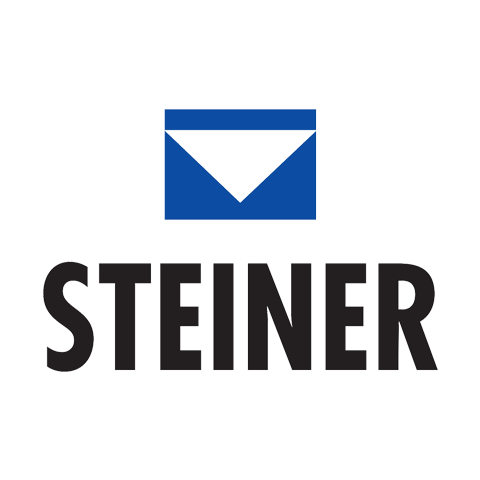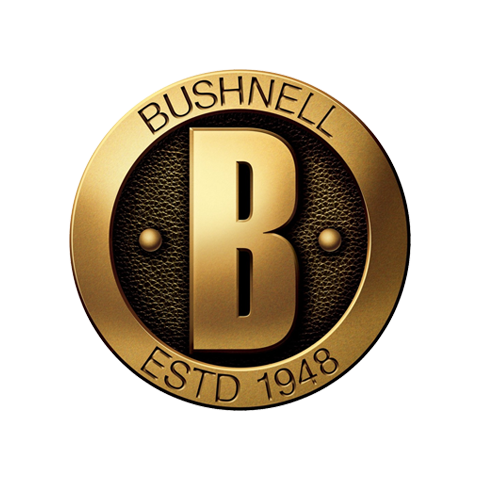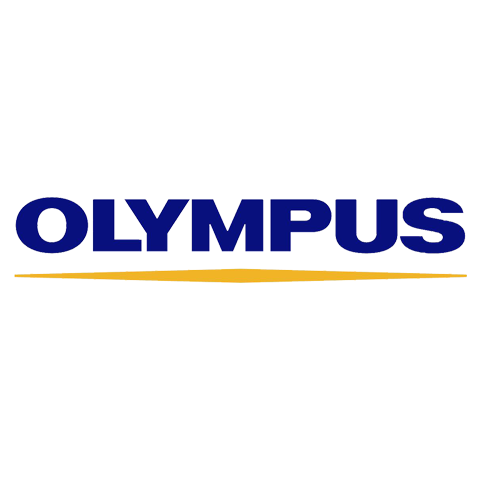Originated in the United States and established in the 50s of the last century, Cintron has always been mainly engaged in the manufacture of astronomical telescopes, and the industry recognition is high. For example, CPC 925 landed on the International Space Station for NASA missions for detection and imaging of the Earth's surface; The CPC 11 HD telescope was used by the famous British physicist Stephen Brown. Hawking. Since 1972, Cintron and Mead Instruments have been in a state of competition for a long time, almost being swallowed up by rivals in 2003, and acquired by Taiwanese company Cinda Optoelectronics Technology in 2005. Today, the owner of Xingtran is Zhejiang Sunny Electronic Technology Co., Ltd., and most of its products have been localized.
In the past, Xingtelang's binoculars mainly featured low-end models, and hundred-yuan styles appeared in a bunch, including more than 10 series such as Boyue, Yuanye X, Exploration II, Lingyue, Huiyan, Tianshen, etc., which are more popular among beginner players who are used for stargazing and bird watching. In these entry-level series, the second generation of exploration and the Huiyan series with a price of less than 300 yuan are made of BK7 prism material, the refractive index of light is low, and the edge of the field of vision is darker, and the rest of the series at the price of 300 to 900 yuan are made of BAK4 prism material, with a high refractive index, which basically realizes the full reflection of light from the center of the field of vision to the edge.
In recent years, Cintron has invested in the mid-range market, with an average of one or two products per year being included in Best Binoculars Reviews' annual list: the Granite Series 8×42 and 9×33 from 2012 to 2013, the Trailseeker 8×42 in 2014, and the Echelon 20 × in 2015 70 and Landscout (Scout) 10×50.
For example, the Granite series uses ED lenses (ultra-low dispersion) lenses, which keep the field of view clearer and sharper, with a certain degree of color correction, while the Trailseeker uses phase and dielectric films to improve optical quality and avoid dispersion. In addition, in terms of lens body materials, most of the mid-range series are made of lighter magnesium alloy, which is nitrogen-filled and waterproof, which is stronger and more durable than many entry-level bodies covered with polycarbonate.
It is worth mentioning that the price of the mid-range series of Xingtran is relatively close to the people, ranging from 1100 to 4300 yuan, and most of the models can be easily found on domestic e-commerce platforms, while the Echelon series models are relatively rare, priced at 700 to 800 US dollars, which need to be purchased by overseas shopping.
- Related rankings
-
- tent
- Fishing reels
- Mountaineering and rock climbing supplies
- Table fishing rods
- kayaking
- Lure rod
- Snow covers
- fishing gear
- Ski gear
- Outdoor sleeping bag
- Ski gloves
- intercom
- Ski goggles
- Cycling helmets
- Ski helmet
- Rubber boats
- Folding bikes
- Camping gear
- ski
- Telescope
- flashlight
- Smart bracelets
- Trekking poles
- hammock
- U-shaped lock
- Portable oven
- Children's helmets












